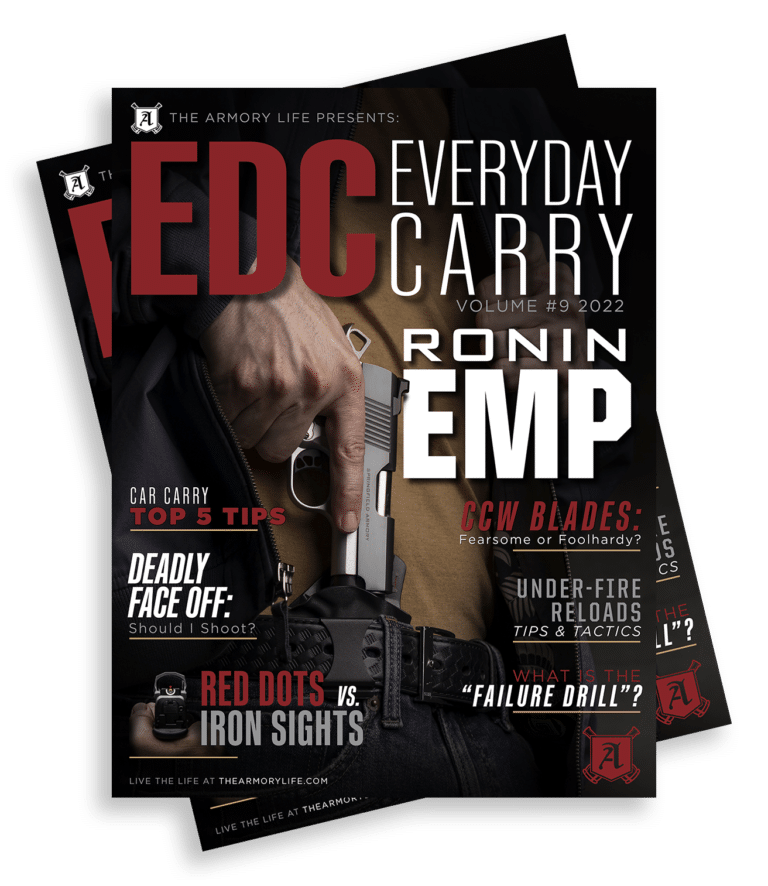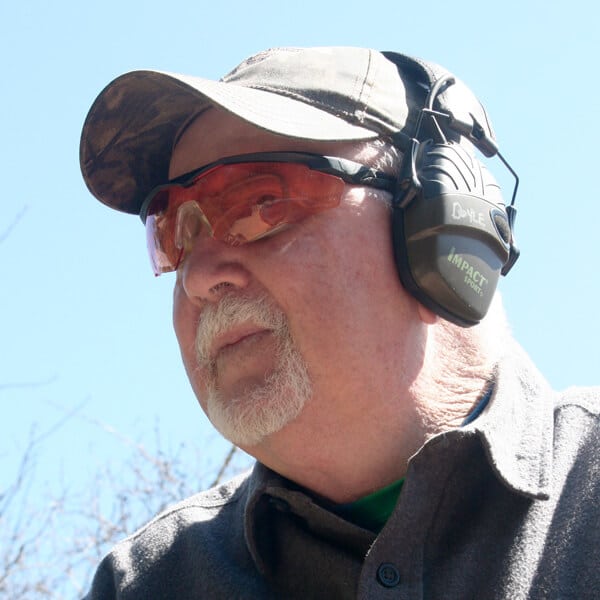The Threat You Missed — Are You Prepared?
April 14th, 2022
7 minute read
In a confrontation, there is absolutely no question that victory favors the better-prepared individual. Quite simply, luck seldom has much to do with it. This is true of a boxing contest, wrestling match or gunfight, and it behooves one to ensure you have the skills to effectively defend yourself. Practice remains the key to success, and it will only be achieved by practicing the right things.
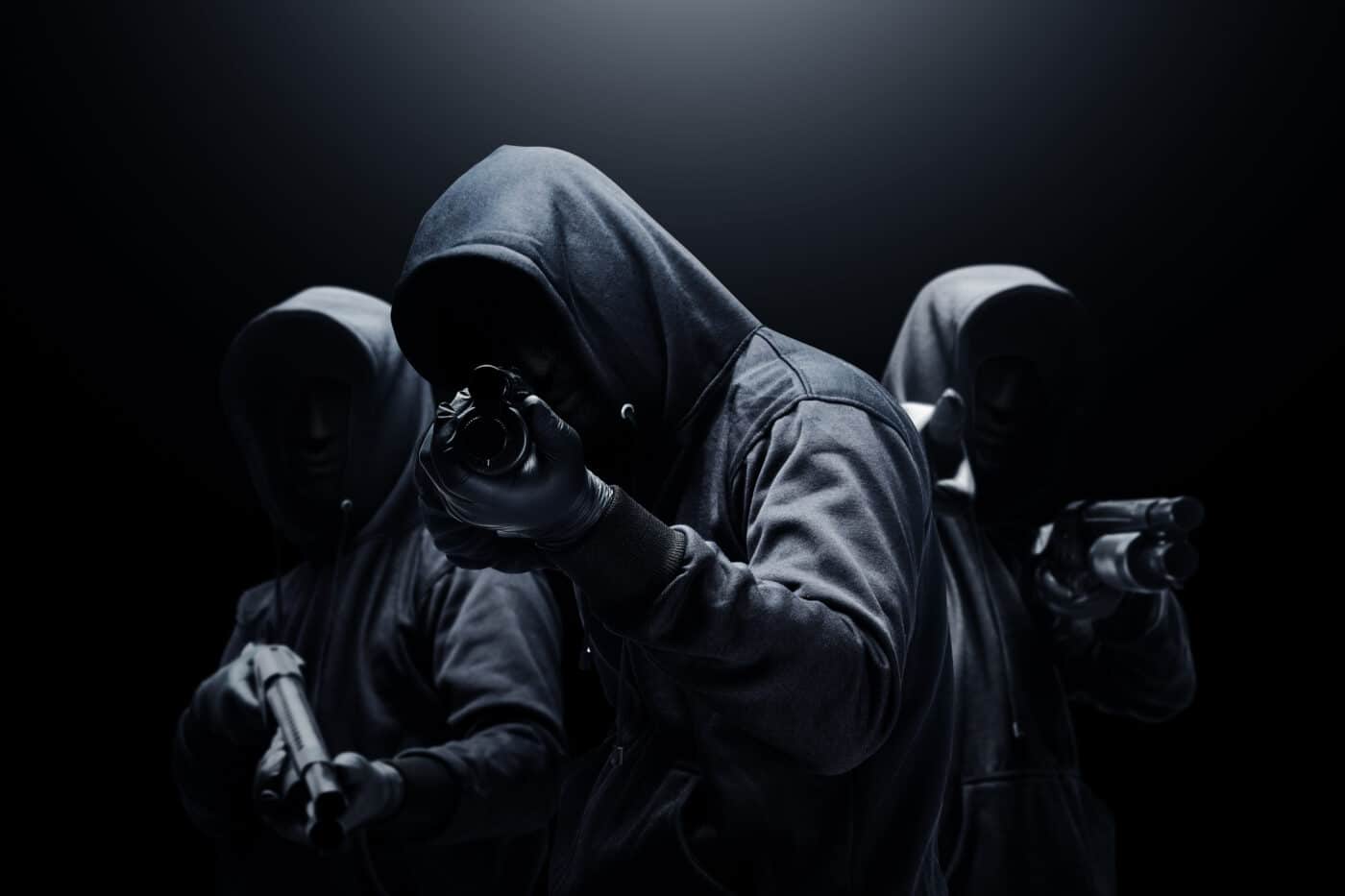
For those individuals who have chosen to carry a gun for self-defense, the picture has gotten very complicated. A worldwide pandemic has played havoc with the availability of commodities we once took for granted, including firearms and ammunition. In the not-so-distant past, rounding up the gear and ammunition we needed was hardly a big deal; but things have flipped 180 degrees. The days of going down to your big box sporting goods store and picking up a few boxes of ammunition for that weekend range session are but a memory. And if you do find a modest quantity of ammunition to buy, be prepared to pay top dollar.
Unfortunately, hard times do not diminish the need for practice and, if anything, that need has become even greater. In certain areas, civil unrest and a spike in violent crime have caused many people to re-evaluate their own personal safety. How else could you explain the millions of first-time gun buyers? And if you are serious about personal defense, new shooters and old hands alike, you need to practice. But you need to do it wisely.
Understanding the Problem
In order to better understand what we should be practicing, a look at the more likely patterns of assault where a firearm response would be justified would be a logical starting point. Suffice to say that the distance between the victim and the assailant will be very short, perhaps even inside personal space.
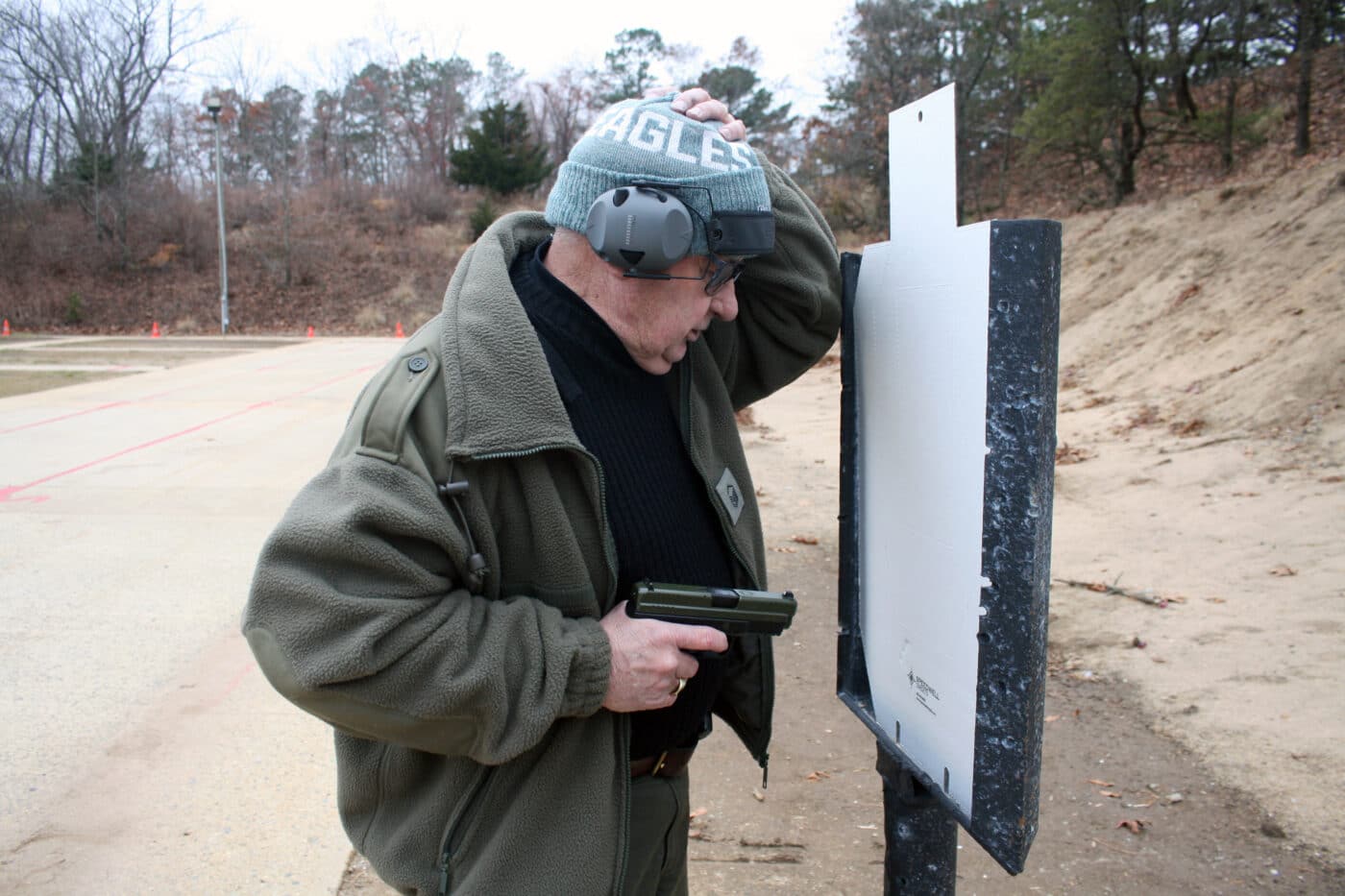
In all but the most unusual circumstance, the assailant will be well inside conversational distance. There may be little if any forewarning and the first hint of trouble is when the victim is sucker punched or pushed to the ground. As much as we would like to keep our antenna up and maintain proper “social distancing” this isn’t always in the cards at a crowded convenience store or at the bus stop. In short, sudden danger can be unpredictable.
Another dynamic is lighting. Just about all our practice takes place under the noonday sun or at a well-lit indoor range. In contrast, most violent crime unfolds in the evening hours under less than optimum light conditions. I’m not suggesting that these events will be unfolding in total darkness, but reduced light conditions are a very real possibility.
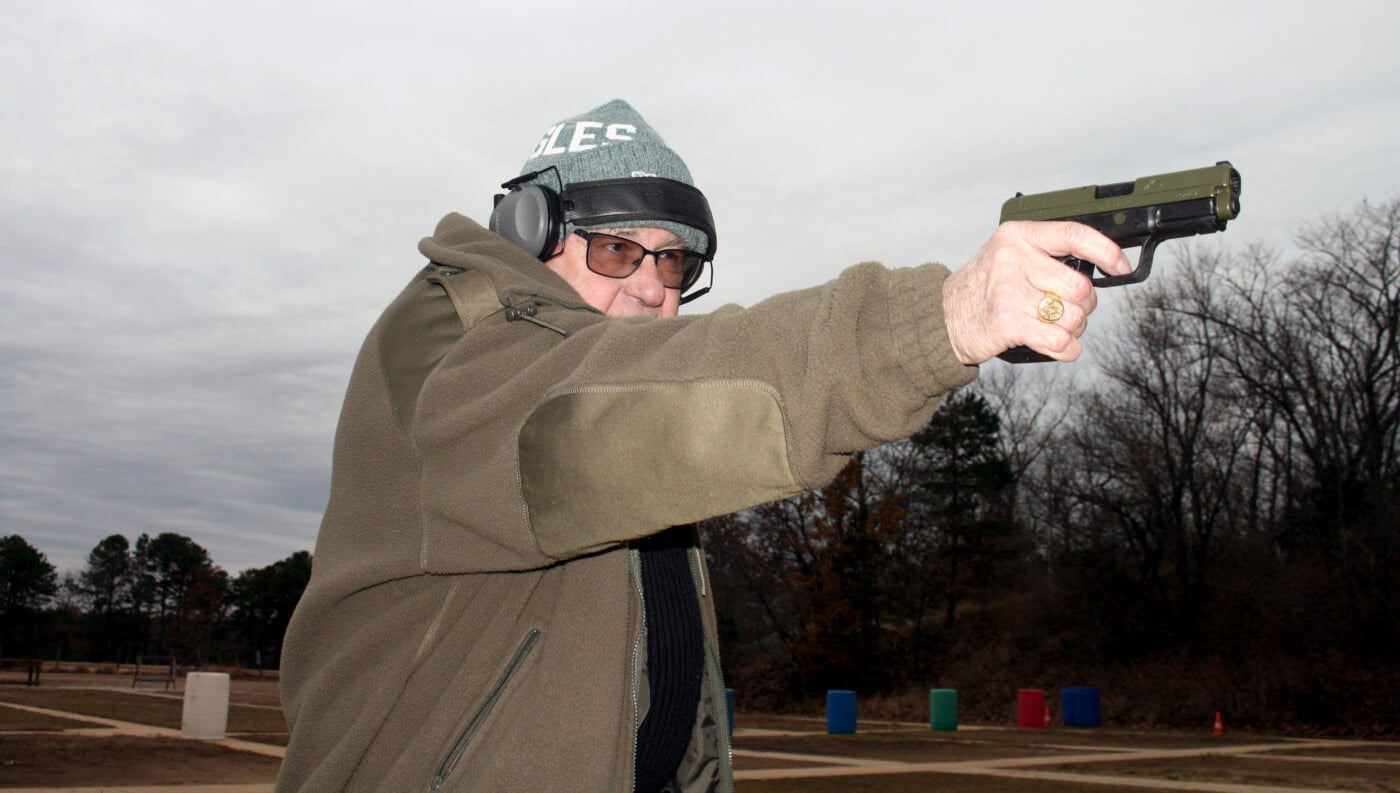
A very disturbing trend I became aware of recently was a spike in incidents where there was more than one assailant. In one recent study, security videos from various types of businesses including gas stations, liquor stores, and small markets showed more than one armed assailant putting people’s lives at risk in 17 of the 28 scenarios recorded. In some of these videos, an armed citizen produced a concealed firearm and quickly turned the tables. Sadly, not all of these incidents had happy endings. The harsh reality is that we may have to deal with more than one bad guy.
The last point to ponder is this. As much as I like rifles and shotguns as definitive problem-solving tools, more than likely they will not be available in time of need. An exception may be a home defense scenario, but chances are you will have to fight with your pistol. If you are committed to concealed carry, go with the biggest gun you can effectively hide and shoot to a high standard. Depending on the social setting, clothing worn or time of the year, a wide variety of handguns may be used in this role.
Probability vs. Possibility: Smart Practice
Now that we understand the problem, we are in a better position to make an educated decision on what we should be practicing. Since retiring from active law enforcement and becoming an armed citizen, my practice regimen has changed quite a bit, and my focus is on the fastest possible response to one or more threats in relatively close quarters. I feel my efforts are better spent training in scenarios that are more likely to happen, as opposed to what could happen.
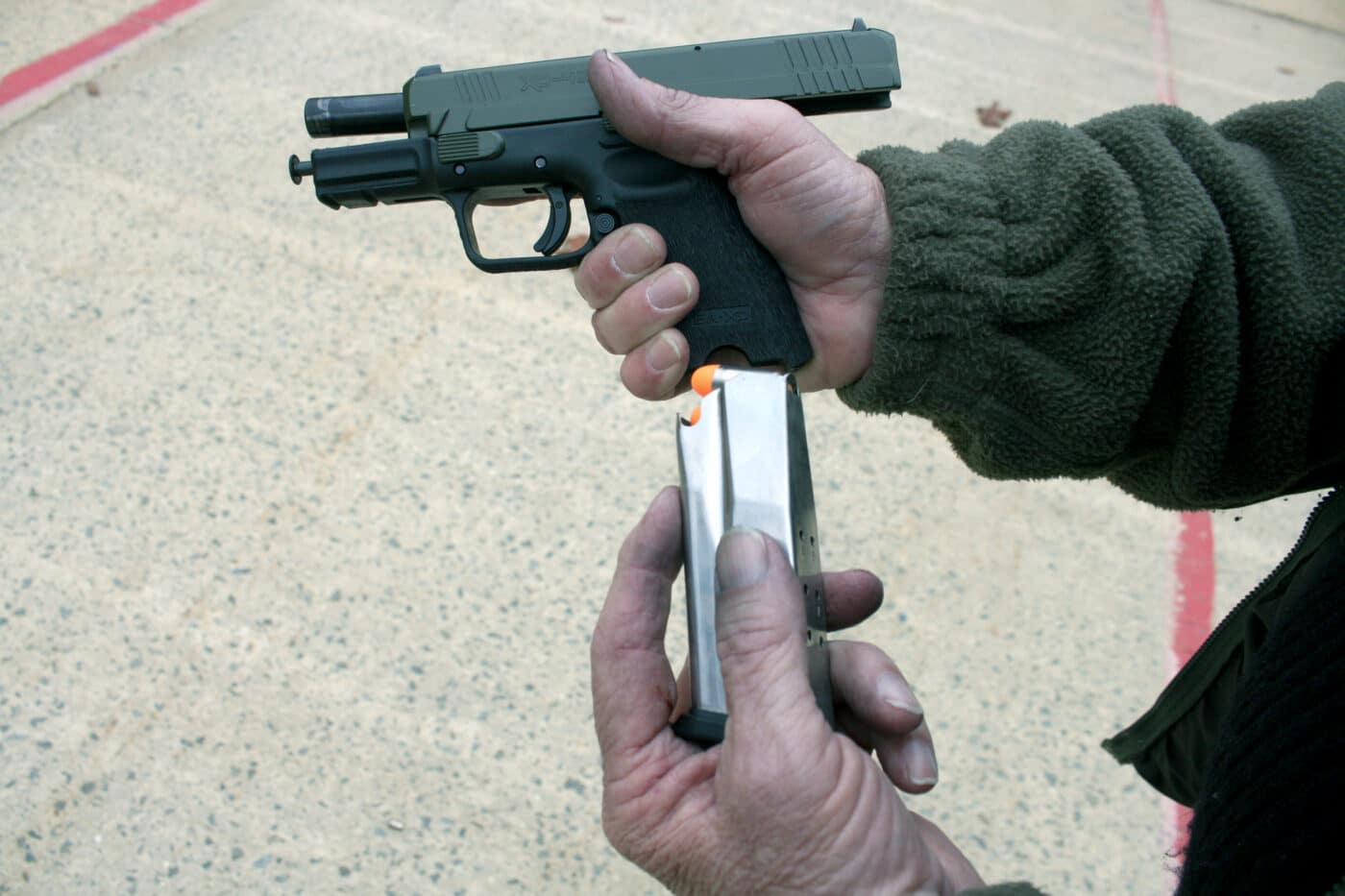
It’s a matter of probability vs possibility. In my current life, I don’t suppose I will be clearing multiple rooms, shooting at bad guys 50 plus yards away, or clearing a double feed support-hand only. I’ve done all those things in training and they were great fun, but it’s more important to work on those skills that really matter.
As indicated earlier, most problems will unfold at relatively short range. In view of that, the vast majority of my handgun practice is done at distances between 3 and 7 yards where I fire singles, controlled pairs and short bursts using both a one- and two-hand hold. I don’t overlook the possibility of an injury to my dominant side hand, arm, or shoulder, and I make it a point to fire a few shots support-hand only in my practice sessions. Shooting at distances greater than 10 yards where I have to shoot with a greater degree of precision is still included in the mix, but the majority of my effort is up close.
So how exactly should you go about this? Once you have established you can make combat-effective hits on demand, pick up the pace and shoot faster. The goal is to balance speed with practical accuracy. If you carry a concealed handgun, by all means, work from concealment with the holster and clothing you typically wear in polite society.
One of the most basic tactics you can employ to maintain your safety is movement and, if your range allows this, try to work movement into your practice regimen. In the unforgiving real world, we move off the line of attack to avoid being injured or killed or to a better position behind cover. For the most part, this movement will consist of breaking hard to the left or right to put our opponent at a temporary disadvantage. If cover is only a step or two away, moving behind is yet another tactical plus.
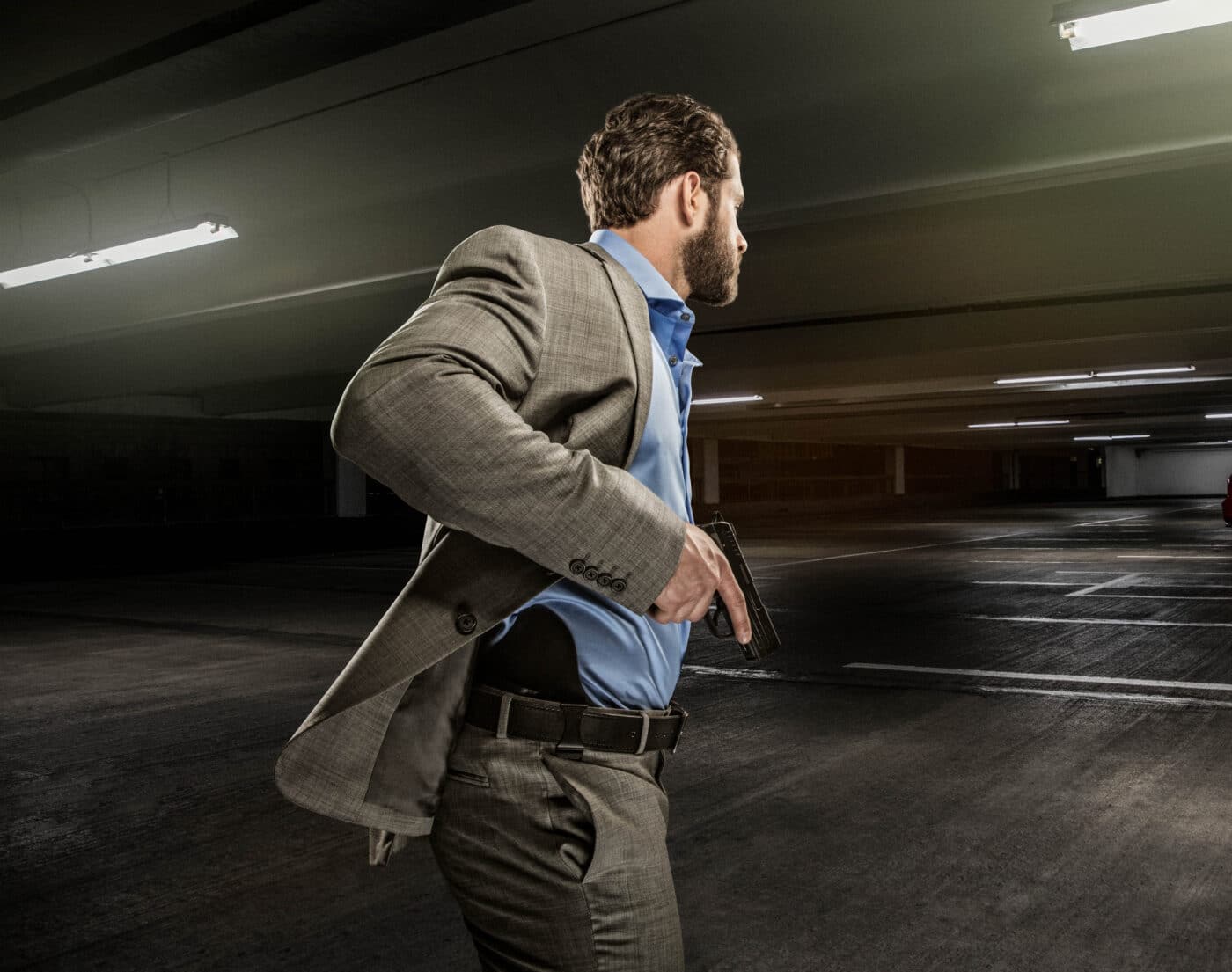
An area many defensive-minded shooters neglect in practice is in extreme close quarters where your assailant is well inside touching distance. By all means, get familiar with street-proven techniques such as shooting from retention, driving forward, or shove and shoot. Another dose of harsh reality is that you may be in physical contact with a subject and have a need to employ deadly force. In many instances, going for your gun first could be ill-advised. You might be far better served attacking the aggressor’s weapon and putting him at a disadvantage before going to your pistol to end the threat.
Off-Range Practice
While there is no substitute for live fire, we can accomplish a great deal with off range practice. The best part of all is that you don’t have to leave the comfort of your own home and unlike live fire, we can get this done for little or no cost.
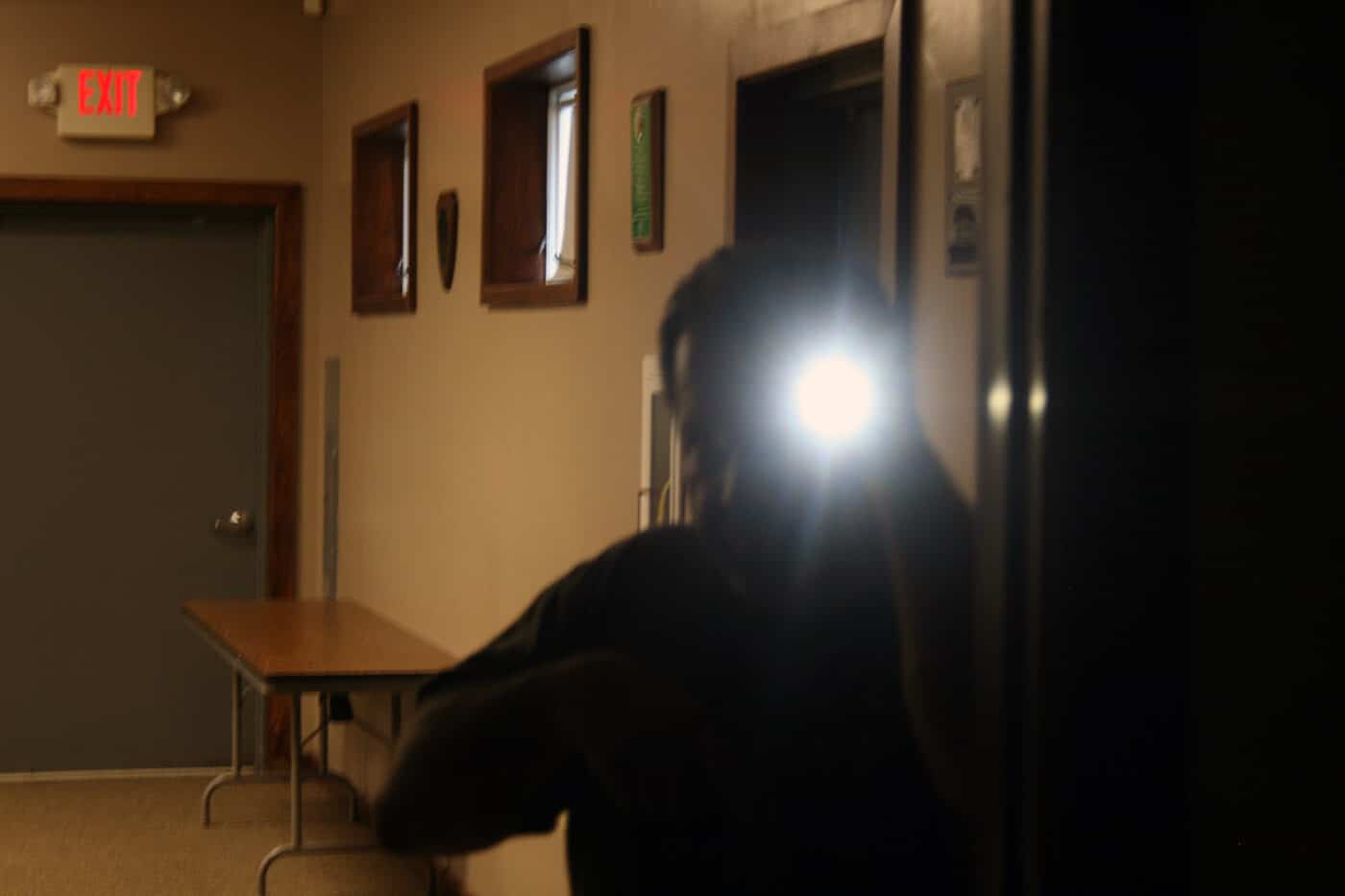
Basic operational skills such as reloading and clearing of stoppages can be practiced off the range with dummy rounds in complete safety. Go to a quiet area in your home and make absolutely sure you have no live ammo on your person, in magazines or anywhere nearby, and have at it. A few brief sessions per week will keep you sharp and you might even note an increase in your efficiency the next time you can get out to the range.
Many ranges have restrictions on drawing from the holster, and this is yet another area you can practice at home. I remain a big fan of the inert training pistols made by Rings Manufacturing and examples are available for just about all popular handguns, including the Springfield Armory Hellcat, XD and 1911 families. These trainers can be used for other types of off-range practice including weapon retention and flashlight-assisted shooting techniques. For many private citizens, low light shooting at their favorite range is outside the realm of possibility, so working with a training pistol is at least a partial solution.
Making It All Work
Like many shooters, I like to have fun at the range and indulge my inner John Wick fantasies. But, I do make a distinction between my recreational shooting and the truly serious business. I’m fortunate to have ready access to a range, but I realize most people don’t have that opportunity and they have to make the most of their time out there.
Clearly, we have covered a lot of ground here and it would be impossible to address all these issues in a single training day. Quite frankly, I feel more frequent, modest round count training sessions are better than the occasional marathon. Much of the close quarters shooting practice discussed herein can be done with a box of 50 rounds. By supplementing your range time with some dry practice at home, you can keep the saw sharp.
Editor’s Note: Please be sure to check out The Armory Life Forum, where you can comment about our daily articles, as well as just talk guns and gear. Click the “Go To Forum Thread” link below to jump in!
Join the Discussion
Featured in this article
Continue Reading
Did you enjoy this article?

 455
455




